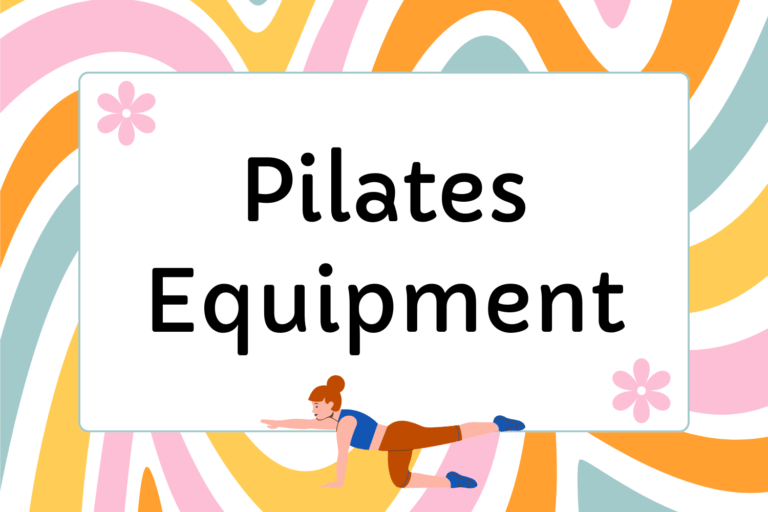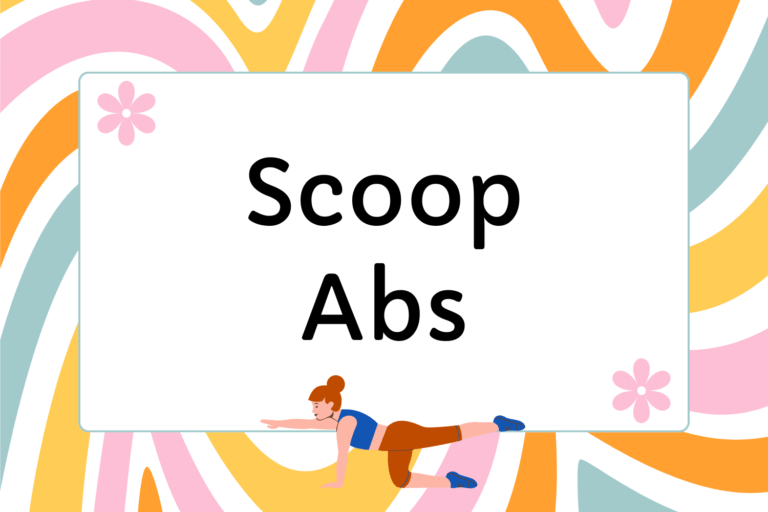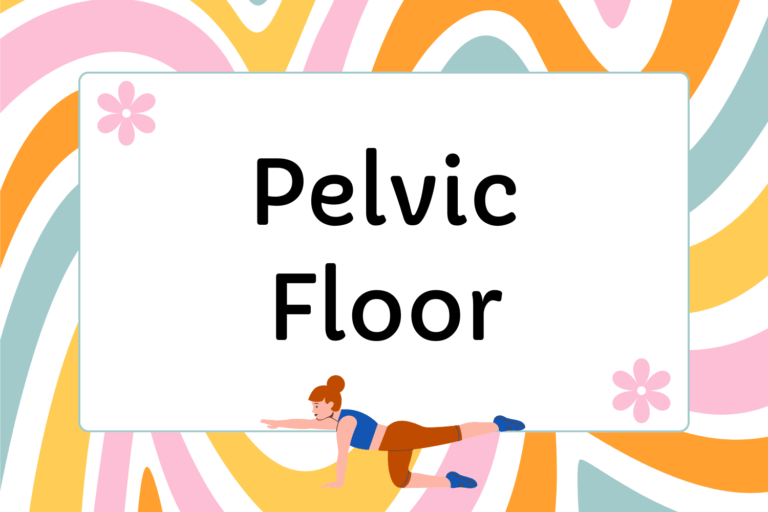When you’re lying on your mat, holding on for dear life as your abdominal muscles begin to burn with the passion of the underworld, the idea of engaging the one thing that isn’t on fire—your brain—does not sound very appealing. But using mental imagery (nice, pleasant, pain-reducing imagery) can make even the most difficult exercises easier.
Imagery can also be useful if you are having trouble remembering how to control your form during some exercises; it can help recall the sensations you should be feeling. The right visualization will keep you in pelvic-neutral through even the most challenging moves.
Here are some basic imagery tools that you can customize and apply to your own Pilates practice.
Breathe into the Barrel
It may seem easy to breathe with the goal of expanding the chest and abdominal muscles during Pilates. But instead of using the air to inflate, learn to breathe properly by visualizing the air pushing up against your core. Begin this transition by imagining your powerhouse as a wooden barrel. Then use the air during your exhales to push out the sides and back of the barrel (your obliques and lower back).
This will help you breathe properly and maintain the “scooped” abs that will support your back without limiting your air flow.
Keep a Long Spine
When doing exercises in a reclined position, such as 100s or Marches, imagine lengthening your spine along the floor, laying it out like one long ribbon.
Imagine laying down each vertebra along the mat, beginning at the bottom and working all the way up to the last vertebra at the base of your skull.
This will help give you the image of how your chin, neck, and spine should align during the exercises. When the chin is slightly tucked, you allow the spine to lie flat, in its proper position. If you “crunch” your neck by tensing it and pushing your head toward your shoulders, you also crunch up the line of your cervical vertebrae—the four bones of your spine that comprise your neck.
Shoulder Blade Marionettes
Your shoulders should never hunch or clench-up during Pilates. To keep them pulled down, imagine that there are wires attached to the bottom of both shoulder blades. Now imagine those strings being tugged and rooted to the floor, pulling the shoulder blades down the back, toward the tailbone. The image of the strong “pulling” action will make it easier to engage the back and side muscles, which in turn will help maintain proper positioning in the shoulder blades.
Water Face
Sometimes it feels like your eyebrows have control over the rest of your body—and you’re not that far off. Tensing or contorting your face, including the brows, will not only make you look silly, but also cause stress throughout your body!
Use imagery to take back control of your brows (and body):
Imagine your face as the smooth surface of a lake: there’s energy running through it; it’s is always active and ready to move; but it’s never tense, lumpy, or rough. Visualize water flowing behind your face, relaxing your features as it moves down. This will prevent both awkward expressions and unnecessary tension in your face.
Corkscrew
Criss-Crosses will never be easy, but imagery will ensure that you at least get the most bang for your (painful) buck. First, imagine your spine as a corkscrew. Twist it one way, making it look like a wine bottle opener. Then release it, coming back into position as a straight metal rod. As you twist other way, visualize it as a corkscrew once more.
This image will help you maximize the engagement of your abdominals and obliques, without shortening your spine.
Lightning Bolt Energy
Imagine lightning bolts of energy coursing through your body, first forming a straight line from head to pubic bone, then branching in more solid beams through each limb. The energy should never be bent; this would block up the current like dammed water. Instead, imagine the bolt as gently curved or straight such that the lightning bursts through the soles of your feet, fingertips, and head.
This image can be used either on the body as a whole or on specific areas that may need more attention to stimulate active, strong, awake muscles.
Hot Tip: Imagine Outside
Imagery doesn’t only have to be used in Pilates class. The next time you’re feeling tense or sore, imagine the tense spot as a sponge, filling with warm water. Then, visualize squeezing it out, emptying the area of all pain and stress. This simple massage technique can provide gallons of relief!
Paint Pictures
Pilates is not easy, especially when it comes to finding and holding good form and proper body positioning. Visualization can be used to root muscular sensations with accessible imagery, connecting the areas of your body to make the entire process more simple and effective.





